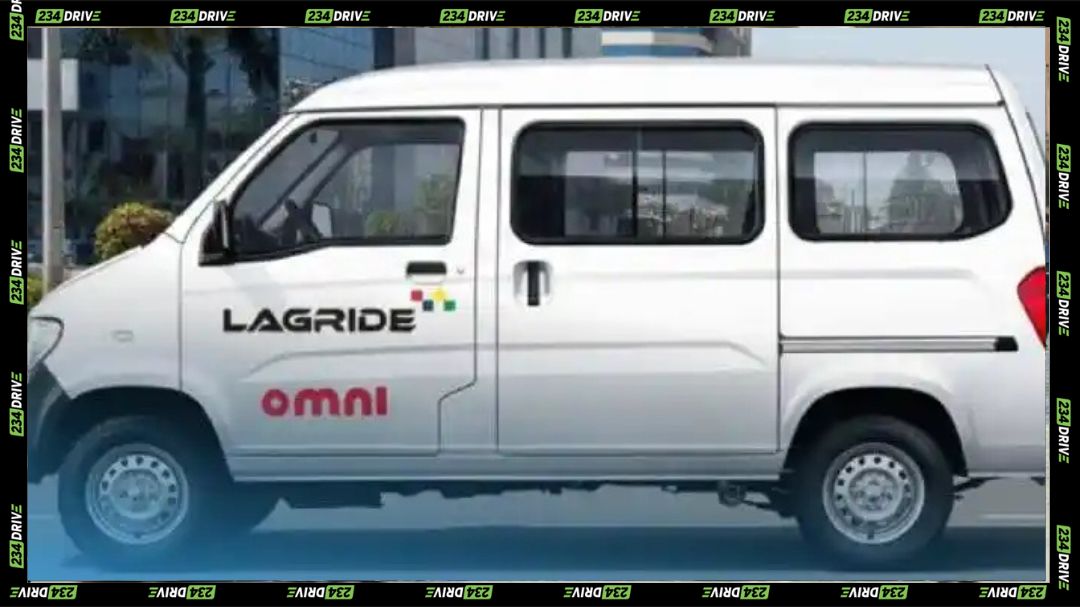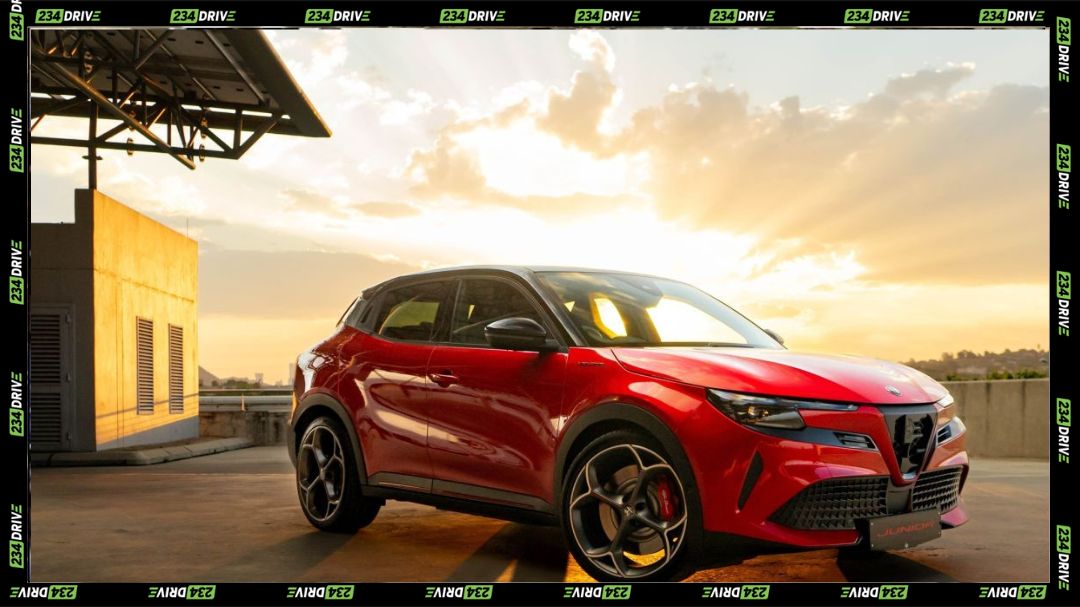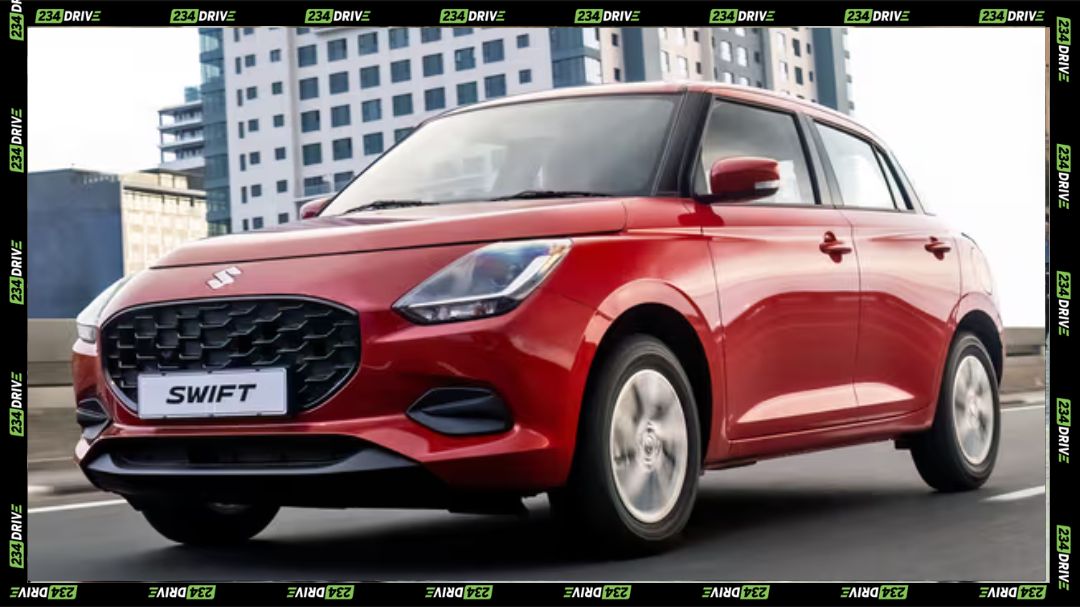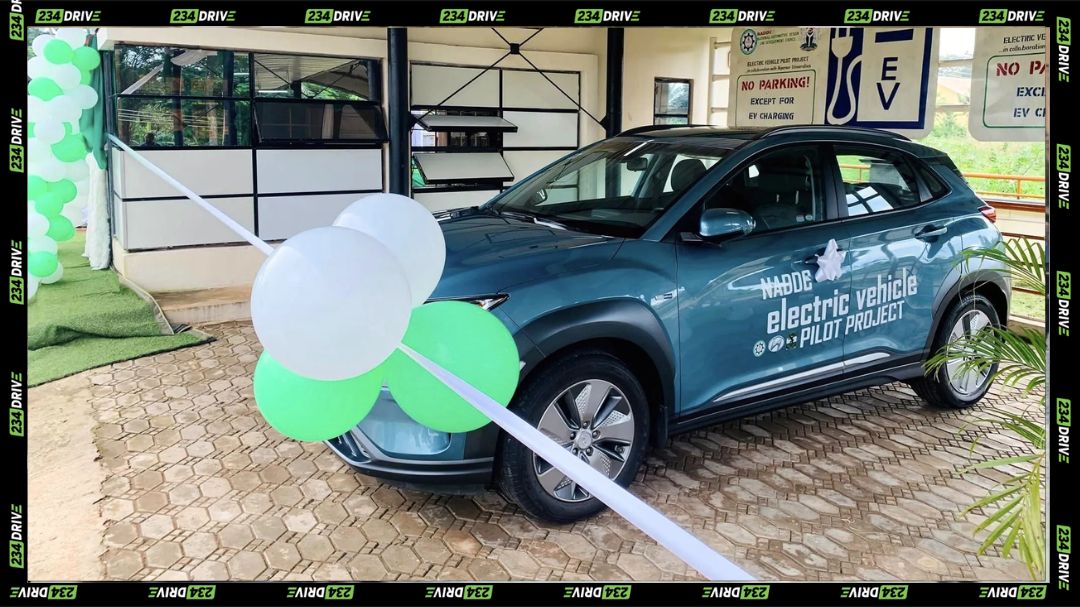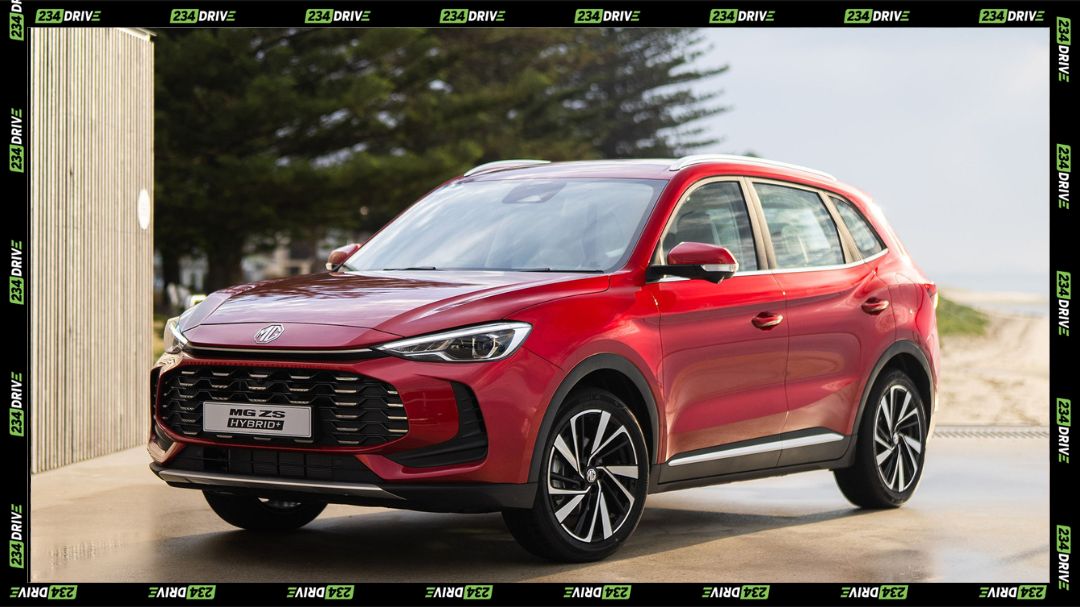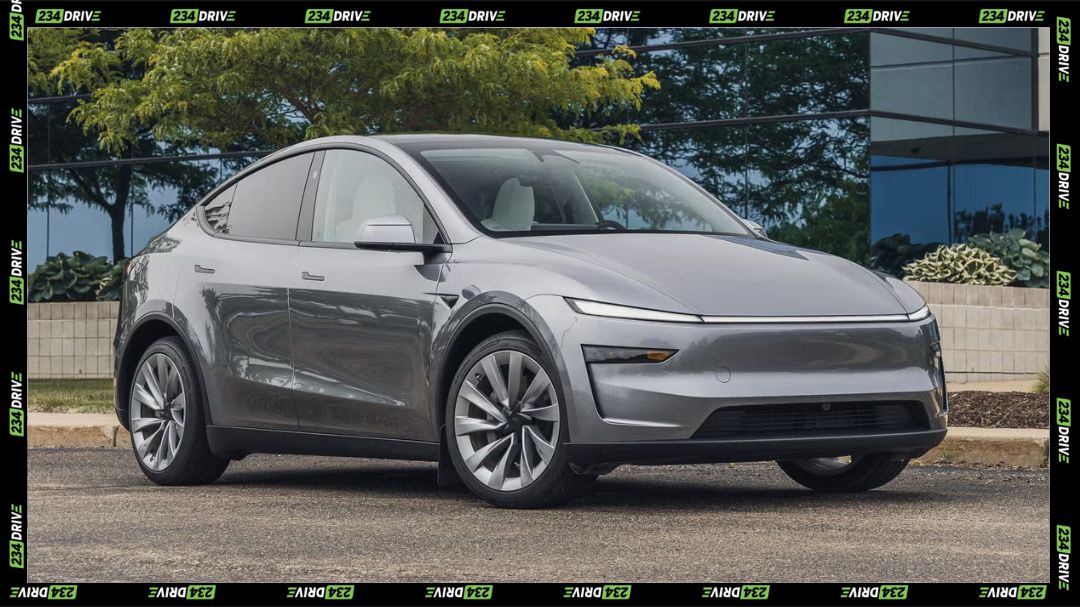Moniepoint just topped up its war chest. Another $90m in October 2025 pushes its Series C to $200m. That’s fresh fuel for scale, product depth, and a wider African footprint. It also nudges a bigger question: can this capital indirectly accelerate EV financing for riders and SMEs in Nigeria?
Moniepoint’s announcement is straightforward: extend the 2024 round that crowned it a unicorn (valuation north of $1bn), bring in heavyweight backers—Visa, Google’s Africa Investment Fund, the IFC, DPI, and LeapFrog—and double down on core banking and lending. The target list is clear: business and personal banking, payments, and working‑capital loans, plus expansion beyond Nigeria, including the UK for diaspora services. The message to the market: profitable engine in Nigeria, appetite for scale, and a balance sheet that can support more credit.
Look at the product surface. Moniepoint already moves serious volumes and serves millions of customers with payments, current accounts, cards, and credit rails. Working capital sits at the centre: short‑tenor, data‑driven loans that keep small businesses liquid. That credit DNA is the connective tissue to mobility fintech. Riders and logistics SMEs don’t need hype; they need predictable cashflow and finance that fits their earning cycles. If Moniepoint points even a slice of this round at verticalised credit—say, EV two‑wheeler acquisition finance with embedded repayments from daily earnings—it can shift adoption where it matters: last‑mile delivery.

The cost barrier is real. Most EVs in Nigeria remain imports. Duties, port delays, FX swings, and fragmented logistics bloat sticker prices. Petrol price volatility strengthens the EV case on operating costs, but upfront capex still blocks entry without financing. A credible lender with distribution, risk models, and collections pipes can unlock this. That’s where Moniepoint’s stack is relevant: merchant data, transaction histories, and repayment automation. Tie a bike loan to daily takings, manage risk with live cashflow data, and you’ve built a product the market actually uses.
There’s a snag: open banking delays. Nigeria’s framework—meant to standardise data sharing for faster, safer credit decisions—has slipped beyond the widely expected August 2025 window. Without reliable, consented data flows, lenders revert to slower underwriting, patchy statements, and higher risk premiums. That drags on precisely the kind of thin‑file borrowers EV financing targets: new riders, gig workers, and nano‑SMEs. When open banking lands, the lending curve steepens: instant income verification, multi‑bank views, fraud flags, and cheaper credit distribution. Until then, scale is harder and costlier.
Signals from the mobility front are still positive. Specialist players—Max.ng, Spiro, Roam, DriveMe Mobility, Fez ECO, and others—already run financing or lease‑to‑own models for electric bikes. Their pitch is simple: cut fuel costs, stabilise earnings, and pay in instalments over 18–24 months. That model fits the unit economics of last‑mile delivery. Add Moniepoint’s loan machinery and settlement rails, and you get faster onboarding, cleaner collections, and lower default risk. It’s complementary, not competitive: the specialists supply vehicles and ops; Moniepoint supplies capital efficiency and underwriting at scale.
Role clarity matters. Think of it as lanes: vehicle providers build and service fleets; energy players deploy charging or swap networks; fintechs price risk and handle repayments; marketplaces aggregate demand. When each lane operates at speed, the ecosystem compounds. Where it breaks is duplication—fintechs trying to run fleets or hardware companies trying to build credit engines. Moniepoint is best positioned when it sticks to its lane: lending, payments, and embedded finance.
Strategy‑wise, the raise signals two shifts. First, geographic expansion—more cross‑border features for diaspora and pan‑African merchants, which strengthens FX inflows and diversifies risk. Second, deeper lending—more products for SMEs and individuals, with better segmentation and pricing. EV financing sits naturally under “deeper lending” once the data and partnerships line up. It’s not a press‑release line item; it’s an adjacent use case that rides on the same credit rails.
How does Nigeria compare? Kenya moves faster on two‑wheeler electrification because charging and swap networks are denser and regulatory signals clearer. Nigeria’s demand is larger, but infrastructure and policy consistency lag. That gap is where finance can still make a dent: if you can underwrite rider income and keep repayments frictionless, you don’t need perfect infrastructure on day one—you need reliable swap access in key corridors and predictable cashflows.
Competitor execution offers a useful benchmark. Max.ng scaled pilot‑to‑programme by anchoring financing to real‑world earnings and maintenance schedules. Roam proves hire‑purchase can work when hardware quality and serviceability are consistent. Spiro shows that lowering acquisition cost (via lease models and swap networks) flips the adoption curve. The through‑line: time‑to‑deployment matters. Winners compress the cycle from application to first ride, then keep riders on the road with parts, service, and energy access. Finance that settles daily and adjusts to utilisation strengthens all of this.
Track record gives Moniepoint credibility. It grew from bank software to a full‑stack business banking platform, secured a microfinance licence, hit profitability early, processed massive volumes, and then took a disciplined swing at the UK—absorbing setup losses while protecting the Nigerian core. That’s not luck; it’s operational focus. If it brings the same discipline to mobility credit partnerships—clear APIs, fast KYC, automated disbursements, repayment straight from earnings—it can add real torque to EV adoption without owning any hardware risk.
Two near‑term blockers remain. First, data access: until open banking is live at scale, lenders will over‑price risk and under‑lend to thin‑file borrowers. Second, unit economics: if duties and port costs keep EV prices high, financing tenors stretch and default sensitivity rises. Policy can help—tariff clarity, green import incentives, and customs efficiency. Industry can help—standardise parts, expand swap‑station uptime, and publish performance data that lenders can actually underwrite.
The takeaway is simple. Moniepoint’s $200m isn’t an EV cheque. It’s a capacity boost for lending and expansion. If it chooses to plug that capacity into mobility credit—via partnerships with fleet operators, energy networks, and marketplaces—it can move the needle for riders fast. The unlocks would be cleaner data (open banking), pragmatic policy (tariffs and ports), and ruthless simplicity in product design (earn‑linked repayments, instant servicing, zero‑friction collections). When those align, EV adoption stops being a panel talk and becomes a balance‑sheet outcome.
So here’s the real question: should regulators treat EV finance data pipes—open banking, KYC, collections—as critical infrastructure and fast‑track them, so lenders like Moniepoint can price risk properly and riders can switch without drowning in capex?


